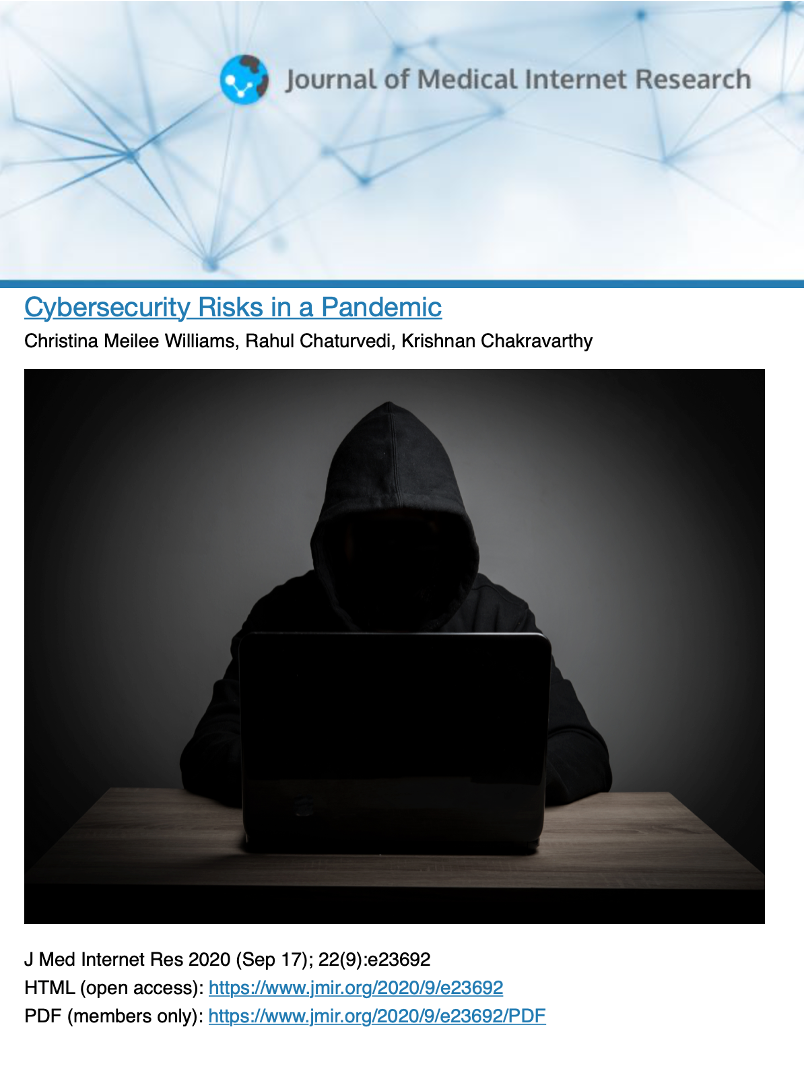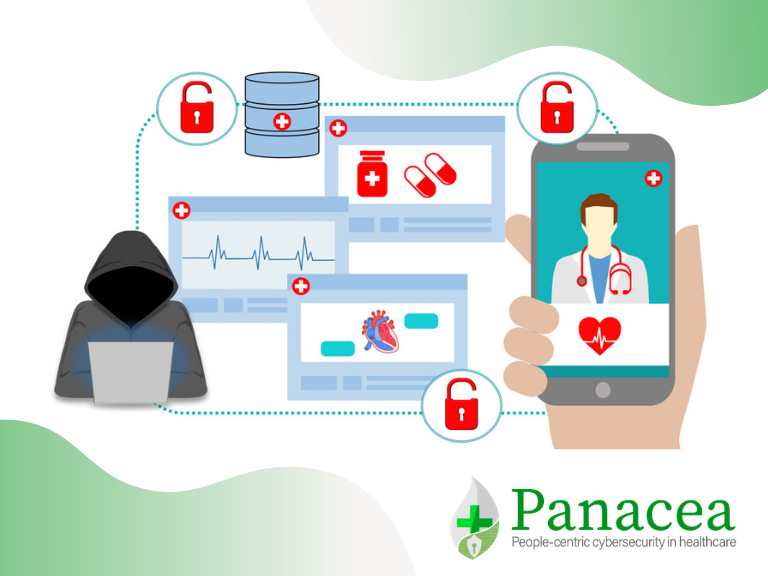The number of cyber-attacks around the world exploded in 2020: exploiting the Covid-19 pandemic as an opportunity for cybercriminals to take advantage of the shift in focus towards smart working and hospital staff transferred to the frontline.
Cybersecurity Risks in a Pandemic

ABSTRACT: Cybersecurity threats are estimated to cost the world US $6 trillion a year by 2021, and the number of attacks has increased five-fold after COVID-19. Although there is substantial literature on the threats that technological vulnerabilities have on the healthcare industry, less research exists on how pandemics like COVID-19 are opportunistic for cybercriminals.
This paper outlines why cyberattacks have been particularly problematic during COVID-19 and ways that healthcare industries can better protect patient data. The Office for Civil Rights has loosened enforcement of the Health Insurance Portability and Accountability Act, which, although useful in using new platforms like Zoom, has also loosened physical and technical safeguards to cyberattacks.
This is especially problematic given that 90% of health care providers had already encountered data breaches. Companies must implement well-defined software upgrade procedures, should use secure networks like virtual local area networks, and conduct regular penetration tests of their systems. By understanding factors that make individuals, health care organisations, and employers more susceptible to cyberattacks, we can better prepare for the next pandemic. J Med Internet Res 2020;22(9):e23692 doi:10.2196/23692.
PANACEA Research Perspectives: PANACEA is working with hospitals, including regional and national healthcare providers, to help improve the resilience against cyber-attacks in the sector. In addition to its frontline experiences during COVID-19, PANACEA has condusted its own research into the growing number of threats during the COVID-19 pandemic. These have been captured in the webinar in June 2020, with the recordings and takeaways published here.
Lookout Watch Entry Date: 17.09.2020

